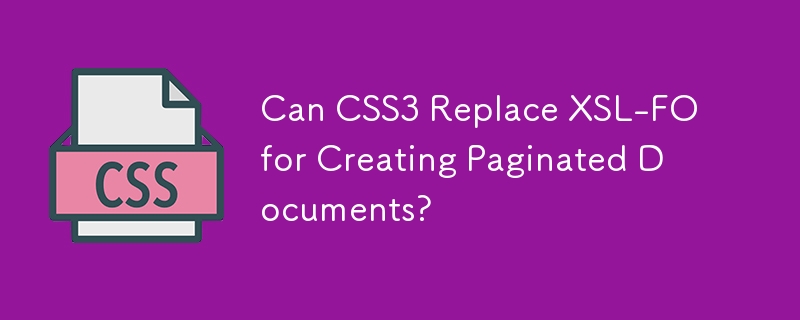Found a total of 10000 related content

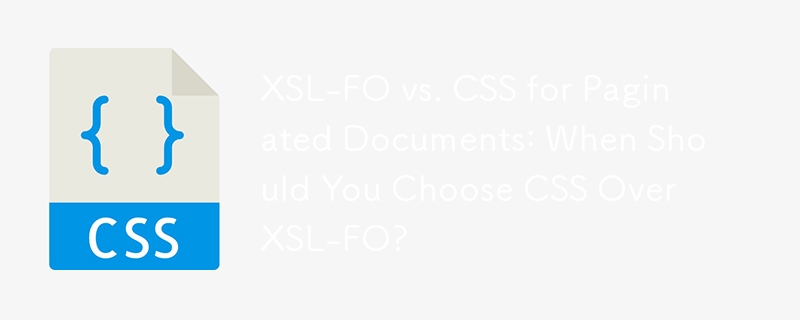
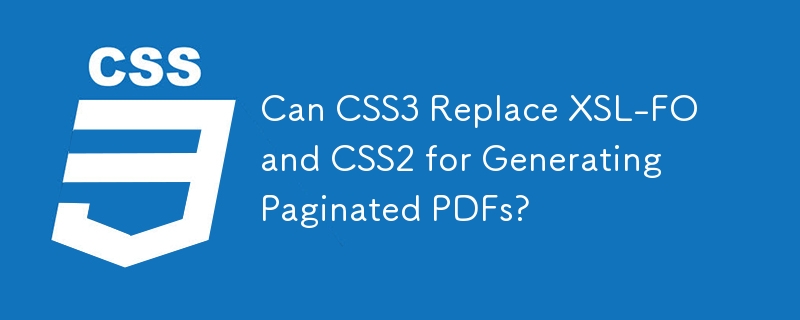
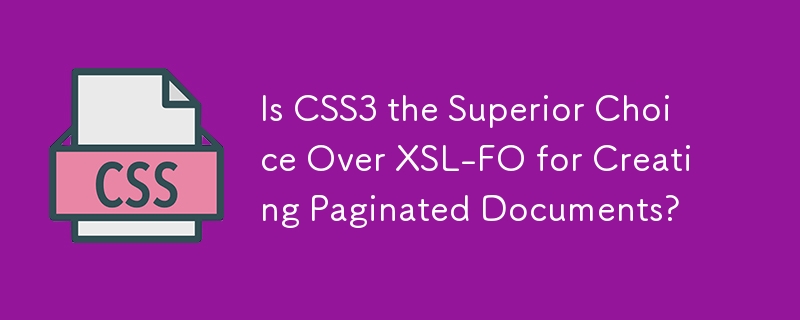
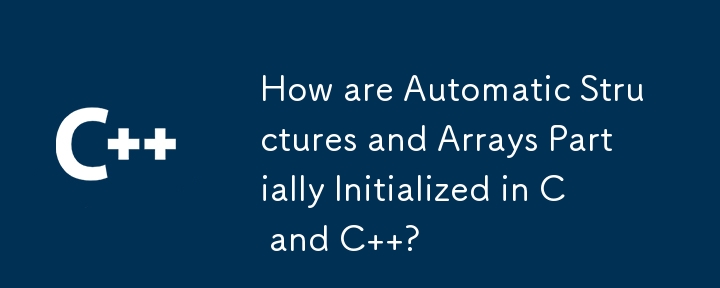

Reference Data Management with SQL
Article Introduction:Reasons for using SQL in reference data management include clear structure, consistency guarantee, ease of maintenance and convenient permission control. The design reference data table should contain fixed fields such as ID, code, description and enable status, add metadata information, adopt reasonable naming specifications, and use enable/disable mechanisms instead of deletion. Maintenance and update reference data should adopt versioned updates, script management changes, combined with audit procedures, and avoid manual direct connection to the production environment. To ensure cross-system consistency, it can be achieved through mechanisms such as ETL tool synchronization, unified API services, or materialized views.
2025-07-20
comment 0
926

Python vs. C : Memory Management and Control
Article Introduction:Python and C have significant differences in memory management and control. 1. Python uses automatic memory management, based on reference counting and garbage collection, simplifying the work of programmers. 2.C requires manual management of memory, providing more control but increasing complexity and error risk. Which language to choose should be based on project requirements and team technology stack.
2025-04-19
comment 0
1001

How does memory management work in C ?
Article Introduction:In C, memory management requires manual operations or the object life cycle to manage resources. The core methods include: 1. Use new and delete to manually manage memory, and pay attention to avoid memory leakage, hanging pointers and repeated releases; 2. Follow the RAII principle, obtain resources through constructors and automatically release destructors to ensure exception security and concise code; 3. Use smart pointers unique_ptr and shared_ptr to improve security to avoid manual release problems, but beware of shared_ptr's circular reference. Mastering these mechanisms can effectively improve the efficiency and stability of the program.
2025-07-14
comment 0
384

How to convert primitive to wrapper object?
Article Introduction:In Java, the basic type to wrapping class is mainly achieved through automatic boxing and manual conversion. 1. Automatic boxing (such as Integerinteger=10) is automatically completed by the compiler, suitable for all basic types, but may affect performance; 2. Manual conversion uses valueOf method (such as Integer.valueOf(age)), which is more clear and often used for collection operations; 3. Pay attention to the cache mechanism, such as Integer caches objects from -128 to 127. .equals() should be used instead of == when comparing to avoid reference judgment errors. These mechanisms ensure that primitive types can be used in scenarios where objects are needed, especially in generics.
2025-07-02
comment 0
446
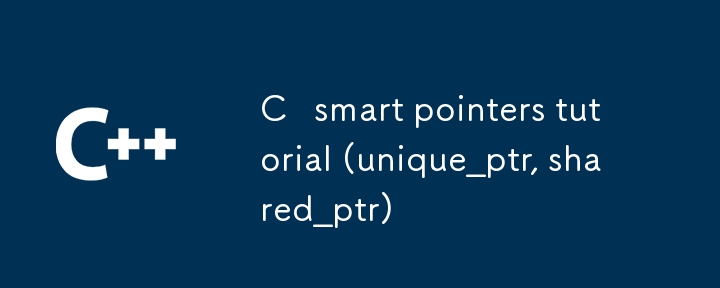
C smart pointers tutorial (unique_ptr, shared_ptr)
Article Introduction:C Smart pointer solves the problem of manual release of errors by automatically managing memory. Using unique_ptr and shared_ptr can effectively avoid memory leaks. 1. Unique_ptr is suitable for exclusive ownership scenarios, does not support copying, and is suitable for local object management within the function. Std::move is required to pass ownership; 2. Shared_ptr is used to share ownership, and the last pointer is released when the last pointer is destroyed through reference counting, but attention should be paid to circular reference issues; 3. Selection criteria: Use unique_ptr for single owners, use shared_ptr for multiple access requirements, performance-sensitive scenarios are preferred for unique_ptr, and use shared_ptr across threads is safer. Reasonable
2025-07-08
comment 0
1051
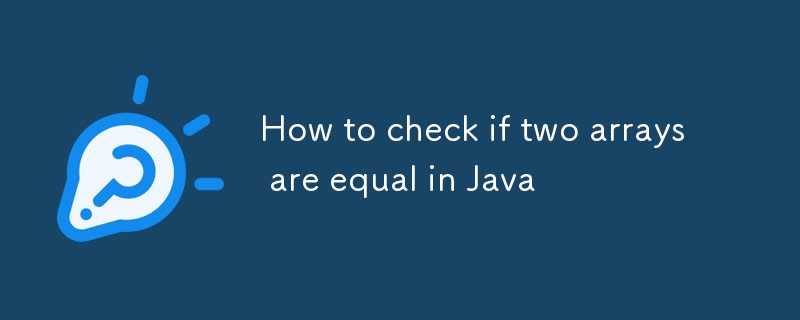
How to check if two arrays are equal in Java
Article Introduction:To check whether two arrays in Java are equal, you must use the Arrays.equals() or Arrays.deepEquals() method; for one-dimensional arrays, use Arrays.equals(), it compares the length and the value of each element; for two-dimensional or higher-dimensional arrays, use Arrays.deepEquals(), it recursively compares nested arrays; for custom arrays of objects, make sure to override the equals() method; do not use the == operator, because it only compares reference addresses; manual loop comparisons are feasible but not recommended.
2025-08-11
comment 0
499
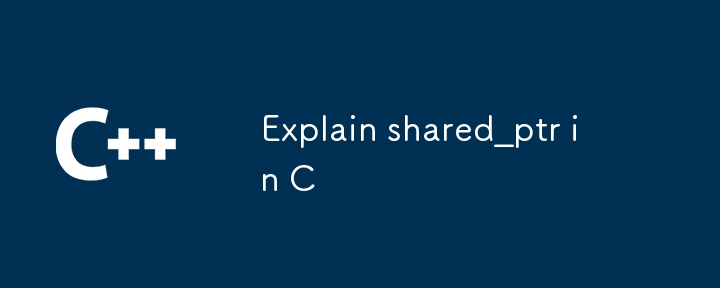
Explain shared_ptr in C
Article Introduction:shared_ptr is a smart pointer in C that uses reference counting to manage the life cycle of an object. 1. It allows multiple shared_ptr instances to share ownership of the same object. When the last shared_ptr pointing to the object is destroyed or reset, the object is automatically deleted. 2. The reference counting mechanism will increase the count when the shared_ptr is copied, reduce the count when the shared_ptr is destroyed or re-points to other objects, and free memory when the count returns to zero. 3. It is recommended to create it through std::make_shared when using it, avoid manual use of new and prevent mixing with naked pointers. 4. Common pitfalls include loop references causing memory leaks, creating from managed bare pointers
2025-07-17
comment 0
756

The Ultimate Guide to Excel Formulas to Get Sheet Names
Article Introduction:When working with Excel files that contain multiple worksheets, I often find it useful to refer to worksheet names directly in cells. This not only helps me keep track of the data sources, but also makes my spreadsheets more dynamic. In this article, I'll share how to get worksheet names in Excel, use built-in functions and clever tricks. Key points: Use CELL, MID and FIND functions to dynamically extract worksheet names in Excel. VBA provides a custom function that automatically retrieves the names of active worksheets, which are ideal for advanced automation. Manual reference to worksheet names is suitable for quick tasks, but lacks the flexibility of formulas. Extracting worksheet names is essential for dynamic dashboards, data tracking, and reducing manual errors
2025-05-26
comment 0
590

How to use the q tag for short inline quotations in HTML
Article Introduction:Use tags for short and inline quotations, suitable for short quotations embedded in sentences; 2. Avoid using large paragraph quotations, long quotations should be used; 3. The browser will automatically add quotations without manual input; 4. Support nested quotations, and the browser will automatically switch single and double quotations; 5. When quoting different languages, lang attributes should be added to ensure that the screen reader is pronounced correctly; 6. The quotation style can be customized through CSS to comply with the layout standards. Tags are semantic, concise and accessible inline reference solutions.
2025-08-12
comment 0
770

The Power and Peril of Reference Assignment (`=&`) in PHP
Article Introduction:The =& operator of PHP creates variable references, so that multiple variables point to the same data, and modifying one will affect the other; 2. Its legal uses include returning references from a function, processing legacy code and specific variable operations; 3. However, it is easy to cause problems such as not releasing references after a loop, unexpected side effects, and debugging difficulties; 4. In modern PHP, objects are passed by reference handles by default, and arrays and strings are copied on write-time, and performance optimization no longer requires manual reference; 5. The best practice is to avoid using =& in ordinary assignments, and unset references in time after a loop, and only use parameter references when necessary and document descriptions; 6. In most cases, safer and clear object-oriented design should be preferred, and =& is only used when a very small number of clear needs.
2025-07-30
comment 0
935
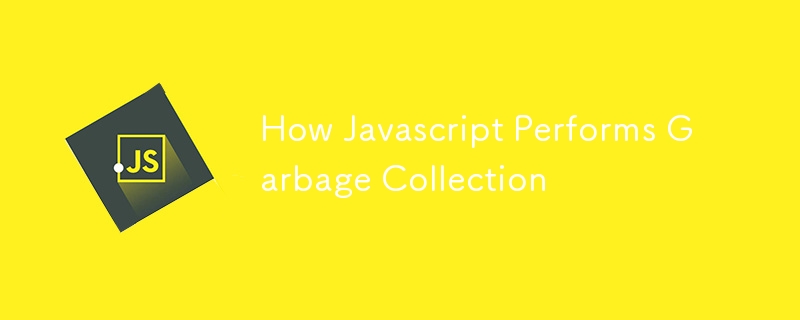
How Javascript Performs Garbage Collection
Article Introduction:JavaScript uses automatic garbage collection (GC) mechanism to manage memory without manual cleaning. Its core is to judge whether the object survives through "reachability". The mainstream methods include marking-clearing and generational recycling. The V8 engine divides objects into the new generation and the old generation, and uses Scavenge, mark-clearing and mark-organization algorithms to improve efficiency. Developers can detect memory leaks through tools, and should avoid problems such as global variable abuse, unbound event listeners and circular references. Using weak reference structures like WeakMap or WeakSet can also help reduce the risk of memory leaks.
2025-07-09
comment 0
884

How to do a deep copy of a struct in golang
Article Introduction:In Go language, deep copy structures need to be implemented manually, and there are three common methods. 1. Manual copying fields: suitable for scenarios where structures are simple and require precise control, clear and efficient but difficult to maintain; 2. Use gob encoding/decoding: strong versatility but low performance, type registration is required in advance and non-serialization fields are not supported; 3. Automatic copying of reflection library: flexible adaptation to multiple structures but complex implementation and difficult debugging. If the structure does not contain reference types, the deep copy can be completed by directly assigning values, without additional operations.
2025-07-15
comment 0
444
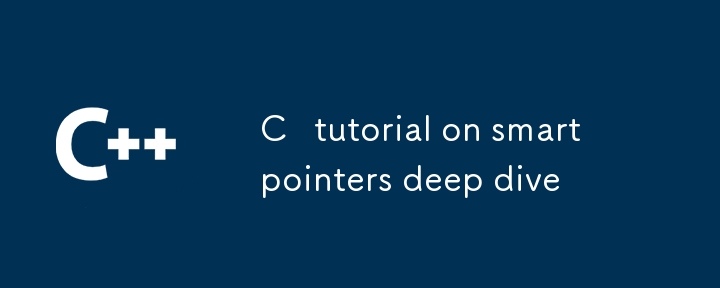
C tutorial on smart pointers deep dive
Article Introduction:C's smart pointer significantly reduces errors by automatically managing memory. 1.std::unique_ptr is used to exclusive ownership, and cannot be copied but can only be moved, ensuring that a single owner is safe and efficient; 2.std::shared_ptr realizes shared ownership, automatically releases memory through reference counting, avoiding early release but may trigger circular references; 3.std::weak_ptr acts as an auxiliary to shared_ptr to break the loop, observe without extending the object life cycle. It is recommended to use make_unique and make_shared to create smart pointers by default, avoid manual use of new and delete, and use weak_ptr to process looping in graph structure or parent-child relationships.
2025-06-30
comment 0
455

What is the `clone` method?
Article Introduction:The cloning method is used to create a separate copy of an object, usually implemented by either a shallow copy or a deep copy. 1. Shallow copy copy the object itself and the basic type values, but the reference type is shared; 2. Deep copy recursively copy all nested objects to ensure complete independence. Most languages provide shallow copies by default, such as Java requires manual deep copies. Use clones are suitable for when you need to keep the original object, build the undo system, or create a variant. When implementing, you should clarify the copy type and pay attention to handling variable fields to avoid shared state problems.
2025-07-03
comment 0
127
